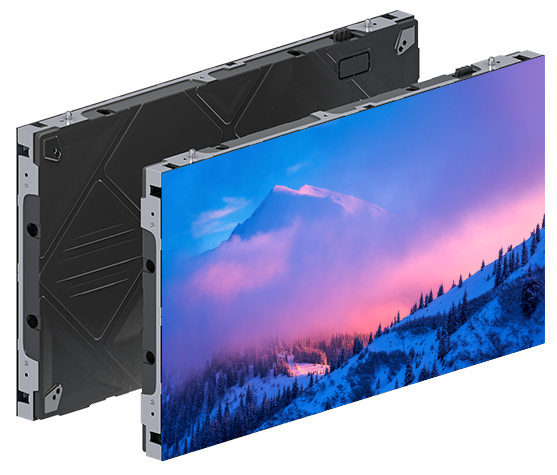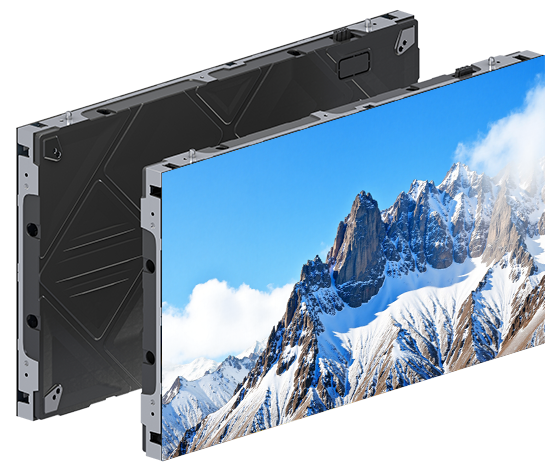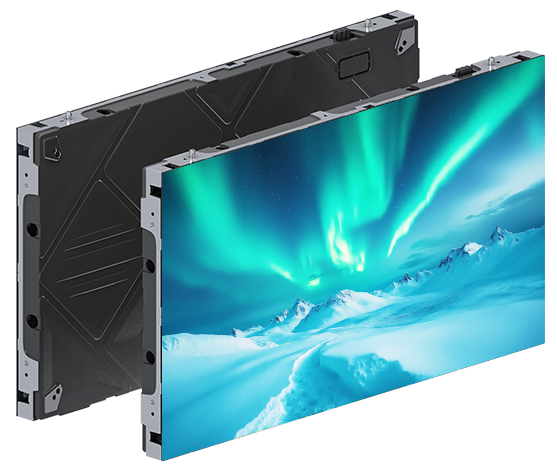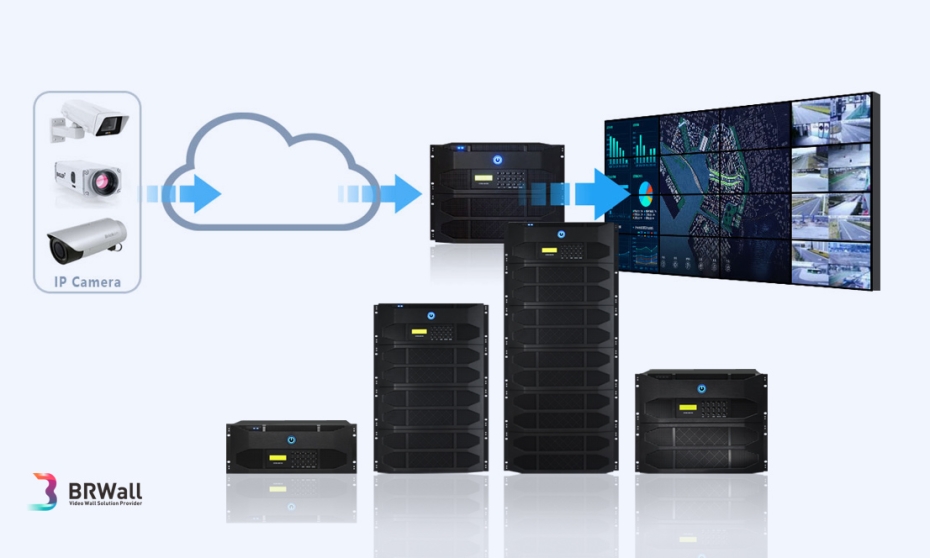This article explores the critical differences between COB (Chip on Board) and SMD (Surface-Mounted Device) LED display technologies, focusing on their performance, durability, and suitability for BRWall solutions. Learn how each technology impacts applications in commercial, industrial, and creative settings.
Table of Contents
- Technology Overview
- Key Technical Differences
- Application Scenarios
- Cost-Benefit Analysis
- Future Trends
- Conclusion









